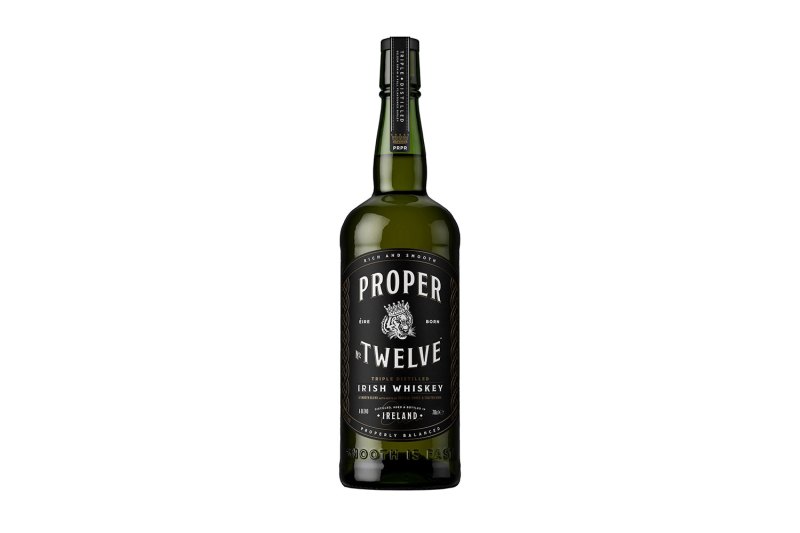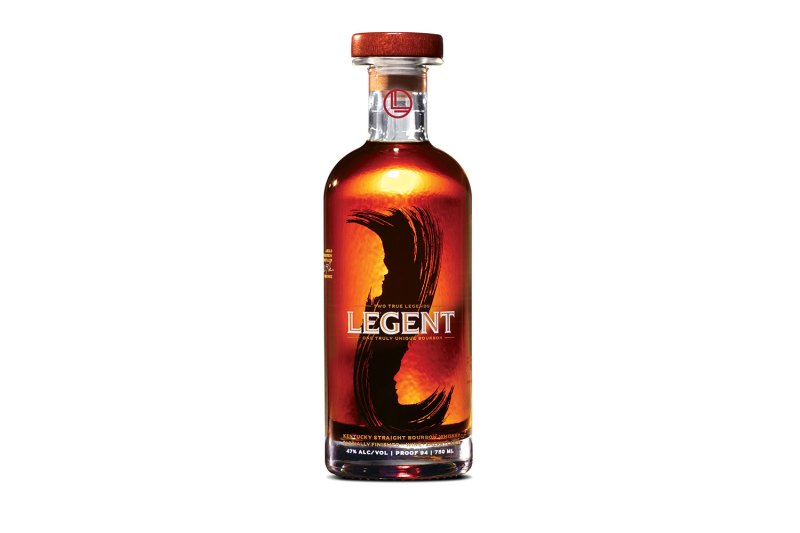A few weeks before St. Patrick’s Day, in what feels like a completely different world now for reasons that don’t need explaining, I was working on a story about Irish whiskey and decided to give Proper No. Twelve another try. I first sampled this blend, founded by UFC champ Conor McGregor, a few years back and, bluntly, thought it tasted like dirt. In my opinion, this was not a good whiskey — even in the category of inexpensive Irish blends, which are not exactly known as being fine sipping whiskeys. I couldn’t figure out why the whiskey was so bad, especially considering it is sourced from the dependable Northern Ireland stalwart Bushmills. Still, I found Proper No. Twelve to be thin and just unpleasant tasting. However, when I tried it again last March, I didn’t find it to be nearly as objectionable. This left me wondering what could be different, and provided me with the opportunity to really think more about the concept of “bad” whiskey.

It’s doubtful that the liquid in the Proper No. Twelve blend has actually changed very much, if at all, since it first came out in 2018, although it’s certainly possible. Presumably the malt component at least is consistent, which is what is made at Bushmills (the grain whiskey is distilled somewhere else). But I think psychology is what is really at play here, as is the case with many whiskeys that are deemed unsavory by spirits fans. In this case, I think that Conor McGregor is an a-hole. He beats up old men in bars, he has been accused of sexual assault, and in general he just doesn’t seem like a very nice person. It’s very likely that this affected the way I perceived the whiskey, but why did I like it more upon tasting it again recently? I guess my antipathy towards McGregor is back of mind these days, and I was able to give it a more objective go. Look, we are all plagued by subjectivity, no matter how fair we try to be. In this case, my anti-McGregor bias may have gotten the best of me. When I revisited the whiskey, I was able to approach it more objectively and conclude that it is a serviceable, unremarkable blend. In other words, it’s not great, but it’s not terrible either (I still think McGregor is a dick, though).
But there is a bigger point here. It’s very rare to find a “bad” whiskey — meaning a whiskey that is actually poorly made from grain to glass, full of missteps and faults and errors. There are exceptions, of course, although I think most people would be hard-pressed to name one that truly fits this description. To be clear, I’m not saying that there are no whiskeys that don’t appeal to my or your particular preference and taste. It’s just that the fact that one does not enjoy a specific flavor profile usually does not make the whiskey in question “bad” and deserving of all the vitriol that is spewed in its direction.

In a way, this is all a fruitless thought experiment to embark upon, as taste is entirely subjective. But after more than two months in quarantine looking for ways to occupy my time, fruitless thought experiments seem like a pretty good distraction. It’s worth exploring whether “bad” whiskey is actually flawed in its distillation, aging, or blending, or if there are other factors influencing people’s opinions. I’m not talking about truly bottom shelf bottles here, dirt cheap blends that are more neutral grain spirit than actual whiskey. These were never intended to be high quality, complex sippers — and even these have their defenders, and more power to them. There are certainly some craft producers that make whiskey that I don’t care for because it’s too young or aged in small barrels that give it a woody flavor profile that doesn’t appeal to me. Still, I’m not sure if that makes these whiskeys bad, especially if the process by which they are made is done skillfully and thoughtfully, which is frequently the case.
I believe there are several factors at play that lead people to deem a whiskey as being bad. Firstly, people really take offense to being fed bullshit stories about the liquid. Two brands that you can find particular ire for on Twitter or Reddit or other websites are Templeton and WhistlePig. Now, I believe these are two companies that produce good whiskey, particularly WhistlePig, but I get that over the years some people have been put off by arguably misleading marketing about where the liquid actually comes from. For the most part, these practices have now changed and the brands are forthcoming about sourcing and contract distilling (both are producing whiskey in-house now as well). But all this has left a bad taste (pun intended, don’t @ me) in some consumers’ mouths. It would be interesting to see how the naysayers would respond to a blind tasting of one of their hated brands. In other words, maybe the label is really the problem in certain cases.
Another factor is comparison. When a beloved brand releases a new expression that is finished differently or uses a recipe that none of its previous releases have, there are always going to be people who are dissatisfied. Of course, this is legitimate — you might not like that sherry cask finish as much as you like the core expression. But again, why does this make it a bad whiskey? I like when distilleries experiment with different releases. They can’t all be winners, but I welcome the spirit of innovation that it entails. Does this mean I enjoy drinking High West’s Campfire as much as I do Bourye? Not at all, but I don’t think that makes the former whiskey a shoddy product. Parker’s Heritage Heavy Char Rye Whiskey is another example from last year that I enjoyed, but one that left many Heaven Hill fans perplexed. And sure, this may not be the whiskey for you, but I find it hard to think of this as bad whiskey. Rather, it’s an experiment in barrel aging by a very good distillery that resulted in a flavor profile that is understandably polarizing.

Legent Bourbon was another divisive release that had some howling about how bad it was. But it’s interesting to think about how this corresponded with the marketing of this Jim Beam product. Some were under the impression that there was actually Japanese whisky in the blend, but there was not; it is Kentucky bourbon finished in sherry and red wine barrels that was blended by the Suntory master blender. Others are just against the concept of finished bourbon in general, which again is a matter of taste. Then there are releases like Michter’s Toasted Barrel Finish. This limited release whiskey (it comes in bourbon, rye, and sour mash whiskey versions) has as many fans as detractors, but many of the latter were infuriated by how much it sells for on the secondary market (and perhaps have not actually had a chance to try it). This is a fair point — it can be incredibly frustrating to watch highly allocated bottles get snapped off the shelves the day they are released and resold for triple their SRP. But even if it’s not worth the inflated cost, this is not actually an indicator of poor quality.
It’s worth mentioning again for the extremely opinionated online whiskey crowd — taste is subjective, we all understand that. You don’t have to like what I like or your favorite whiskey blog likes or what Twitter says you should like. But I think it makes sense to try to view whiskey in the same way we might look at a sampling of dishes from a talented chef or the oeuvre of a respected artist. You might not care for his or her risotto or middle abstract period, but you might love the lasagna or late period realism. And that preference doesn’t necessarily invalidate the other dishes or work by making it “bad.” I’d much rather live in a world with a staggering amount of whiskey, half of it not quite living up to my expectations, than one with limited options. Perhaps the great writer Raymond Chandler said it best: “There is no bad whiskey. There are only some whiskeys that aren’t as good as others.”



